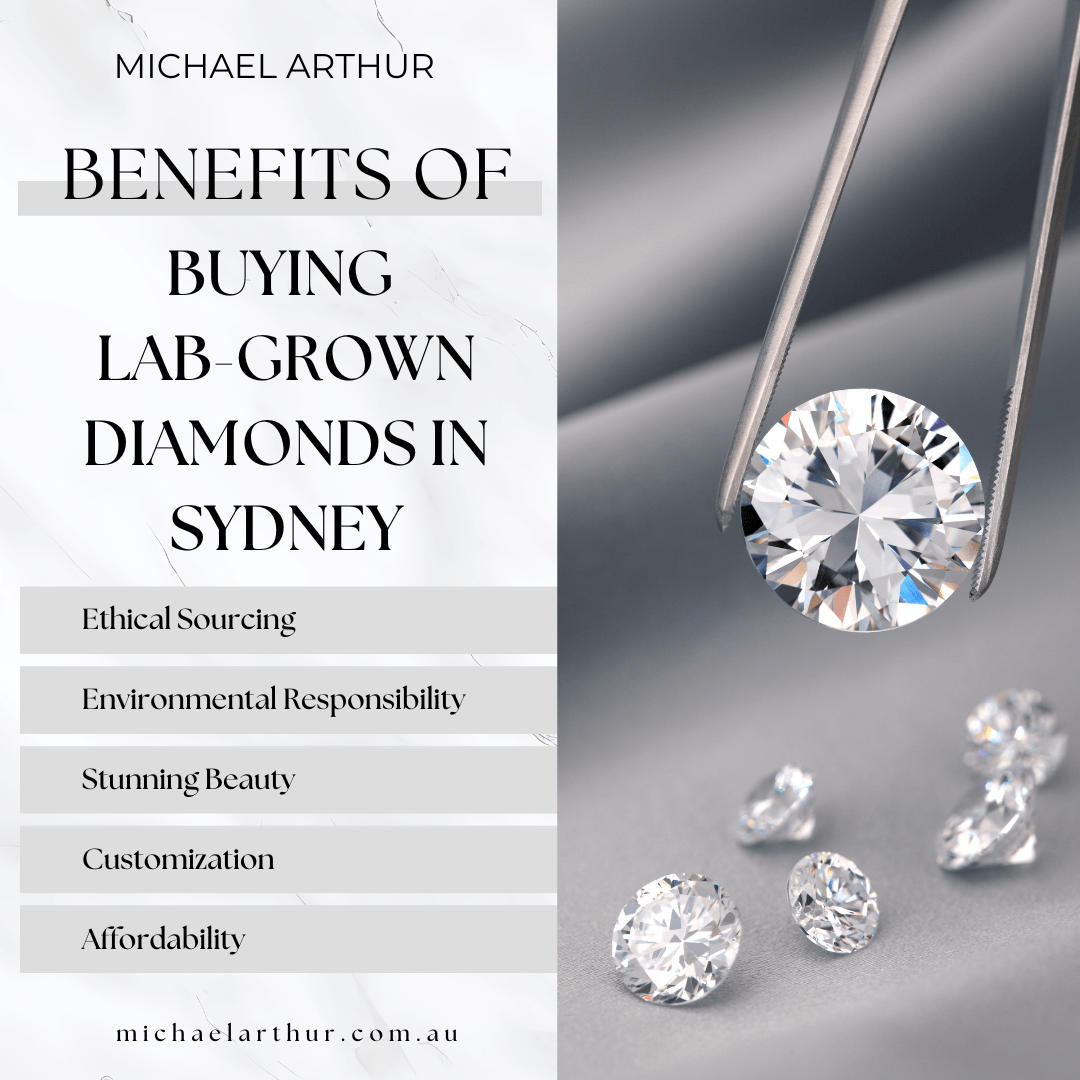Not known Details About Lab Grown Diamonds
Wiki Article
The Single Strategy To Use For Lab Grown Diamonds
Table of ContentsSome Ideas on Lab Grown Diamonds You Need To KnowWhat Does Lab Grown Diamonds Mean?Lab Grown Diamonds Fundamentals ExplainedMore About Lab Grown Diamonds
As you take a trip closer to the Planet's core, pressure and temperature rise, which develops the ideal oven for carbon to be exchanged ruby (diamonds are the only gems to be made from totally one component). Via a substantial volcanic eruption, these rubies were carried to the Planet's surface area. It's approximated this process was fairly quick (more than likely throughout several hours), which allowed the diamonds to stay undamaged without melting.The brief solution: carat weights determine the mass of rocks, karats gauge the purity of gold. Carat: 1 carat is equivalent to 0.2 grams, regarding the weight of a paperclip (following time you see an image of Mariah Carey's 35 carat interaction ring, simply imagine the problem of carrying 35 paper clips around your finger daily).
Here are a few of the crucial advantages of laboratory expanded diamonds and lab produced ruby jewelry:.
All about Lab Grown Diamonds
In other words, natural or earth-mined rubies are crafted over millions of years under the Earth's crust from pure carbon incorporated with pressure and warm. Developing rubies in a lab needs the very same procedure, just fine-tuned to take location over a much smaller sized timespan in a a lot more regulated setting.Whereas earth-mined diamonds are unusual and finite and tend to increase in rate in time, lab rubies are conveniently available. As need surges, laboratories can proceed to generate lab rubies suggesting they are not limited or scarce compared to all-natural diamonds. If you're interested in great jewelry from a financial investment viewpoint, like lab-grown diamond rings, they will not be an excellent fit for your requirements.
They might believe that the cons of lab-grown diamonds outweigh the pros. Problems, wars, and human civil liberties issues are all intermingled with the ruby sector. That claimed, the ruby industry does give revenue to third-world countries. Some might say that, because of this, buying a lab-made diamond also includes its moral considerations, as doing so takes earnings away from those involved in the all-natural ruby market who might require it most.
Conventional diamonds rely on the Planet's conditions to determine their top quality or absence thereof. In a lab, producers can directly manage a diamond's high quality.
The 3-Minute Rule for Lab Grown Diamonds
You can quickly find colored, manufactured rubies on the (reasonably) economical side as well as certain cuts that would be pricier if you were going shopping for an extracted diamond only. That more info hardly implies it isn't worth shielding.natural diamonds is that the last is extracted from natural down payments in the Planet while the previous is made in a lab making use of regulated setups. Their top quality is greatly the exact same. While the difference in between lab-grown and natural diamond choices are minimal when it concerns top quality, some of the drawbacks of lab-grown rubies include the truth that the rock will decrease in time and, to some, an absence of nostalgic worth that's often connected with mined rubies
The process includes minimal land interruption and removes worries associated with deforestation and habitat damage. Lab-grown rubies are frequently extra cost effective than natural diamonds. This expense distinction can be credited to the streamlined production process and the evasion of expenses connected with traditional mining. The Controlled Environment in Which Lab Grown Diamonds Are Produced Allows for Regular Top Quality.
Adaptability in Design - Lab Grown Diamonds Offer Designers and Consumers a Versatile Combination to Develop Special and Cutting-edge Jewelry Styles. the Controlled Development Process Allows for The Production of Diamonds in Different Sizes And Shapes. Lab Diamond Bands are one of the most Famous Among Laboratory Ruby Precious Jewelry. Laboratory Diamonds Usually Come with An Even More Transparent Supply Chain.
The Best Strategy To Use For Lab Grown Diamonds
Market Assumption - Regardless Of Their Similar Physical Residences, Laboratory Diamonds May Face Tests in Market Perception. Some Customers Still Perceive Natural Diamonds as Having Higher Worth and Status. The Production of Lab-Grown Diamonds Can Be Energy-Intensive, Particularly in Techniques Like High Stress Heat (hpht) and Chemical Vapor Deposition (cvd).Natural Rubies Are Created Over Millions of Years Deep Within the Earth, Adding to Their Perceived Rarity. Lab-Grown Rubies, Regardless Of Their Identical Feature, May Not Bring the Very Same Rarity Element, Influencing Their Perceived Worth for Some Consumers. Influence on Diamond-Dependent Economic Climates - the Change Towards Laboratory Grown Diamonds May Have Economic Ramifications for Nations and Areas that Depend on The Ruby Mining Sector.

Laboratory Diamonds Are of Equal High Quality to Natural Diamonds in Terms of Solidity, Luster, and Quality - Lab Grown Diamonds. Yes, Lab Diamonds Sparkle Just Like Natural Diamonds. Their Sparkle and Shimmer Are an Outcome of Their Cut and The Way Light Engages with Their Elements.
Report this wiki page